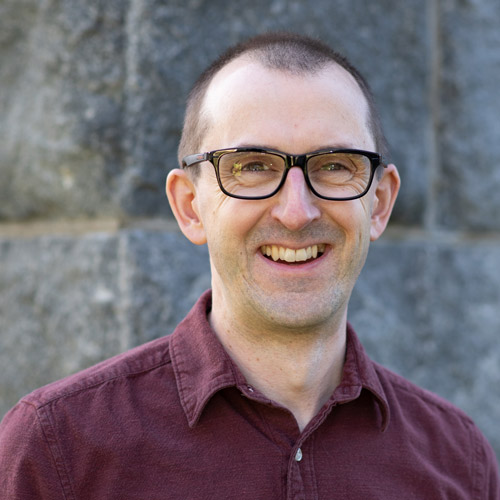Bricks of Life
Biologist and Lego collector Cynthia Bradham finds inspiration in the tiny building blocks of life
Cynthia Bradham flips the light switch in the basement of her suburban home, illuminating a Lilliputian city filled with people, trains, cars, and trucks. A red monorail zips above the streets. A bright blue river, heavy with boats and edged by harbor cranes, cuts through the center. A towering wind turbine turns. An amusement park thrums with the spinning, swooshing sounds of a roller coaster, a Ferris wheel, and a carousel.
Bradham’s face radiates with joy as she surveys the city it took her 10 years to build—using only Lego. Even in the dim subterranean light of her basement, it’s astonishing. Built on waist-high tables, this private Legoland—made from more than 100 sets and tens of thousands of plastic bricks—stretches from one end of a 150-square-foot room to the other, leaving just about enough space for visitors to squeeze by its sides. Bradham also has a fleet of pirate ships, a galaxy of Star Wars models, and dozens of buckets filled with Lego trees, doors, wheels, and more.
“I’m a Lego black hole,” says Bradham, who has three basement rooms dedicated to the plastic bricks. “Lego can come in, but it cannot leave.”
It’s rare to find a midcareer professional with a toy collection most kids would die for. But that’s only half the story. Bradham is also among the top scientific minds in her field.
Read the full story on Bostonia


Comments & Discussion
Boston University moderates comments to facilitate an informed, substantive, civil conversation. Abusive, profane, self-promotional, misleading, incoherent or off-topic comments will be rejected. Moderators are staffed during regular business hours (EST) and can only accept comments written in English. Statistics or facts must include a citation or a link to the citation.